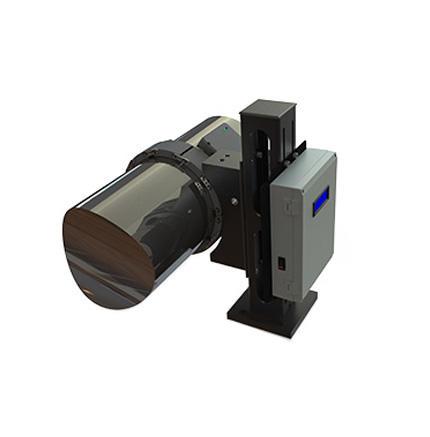The Energy Efficiency Design Index (EEDI) and the Ship Energy Efficiency Management Plan (SEEMP) requirements were made legally binding by the MARPOL Annex VI, the first climate change treaty to be adopted since the Kyoto Protocol. The technical requirements in this treaty are aimed at promoting the use of more energy efficient (less polluting) equipment and engines.
In determining the best way to save fuel, we must initially understand how it is utilised and how efficient the vessel is, in converting the energy. A complex ship system will already provide much of the information required to ascertain fuel usage and maintenance of the vessel but a measurement of shaft power can show the efficiencies.
As a result, we developed Marine Shaft Power Meter Systems to meet the requirements of the Commercial Marine customers to provide ongoing power monitoring data on ships. The current usage of the systems is to provide data for fuel economy and equipment maintenance planning programs.
Marine Shaft Power Meter system is suitable for all commercial vessels with single or multiple shaft installations with shaft diameters from 150mm up to 1100mm.
What Can a Marine Shaft Power Meter provide?
A shaft power and torsion meter accurately measure the power transmitted through a shaft, this enables you to measure the actual power that an engine is delivering to the propeller or generator.
A Shaft Power and Torsion Meter System is an essential tool to help in the reduction running costs from:
- Fuel Saving
- Improved Maintenance Scheduling
- Equipment Protection
- The cost of an accurate permanently installed torsion meter is very small in comparison with potentially large savings in running costs.
Shaft Power Measurement
Shaft Power is an essential Input to Ship Performance Monitoring Systems. The data from monitoring actual power levels provide an accurate reference point to assist with assessing:
- Engine Performance Monitoring
- Ship Propulsion Efficiency
- Hull Condition
- Propeller Condition
- Specific Fuel Consumption
- Operational Efficiency Planning
- Ship Condition Changes

